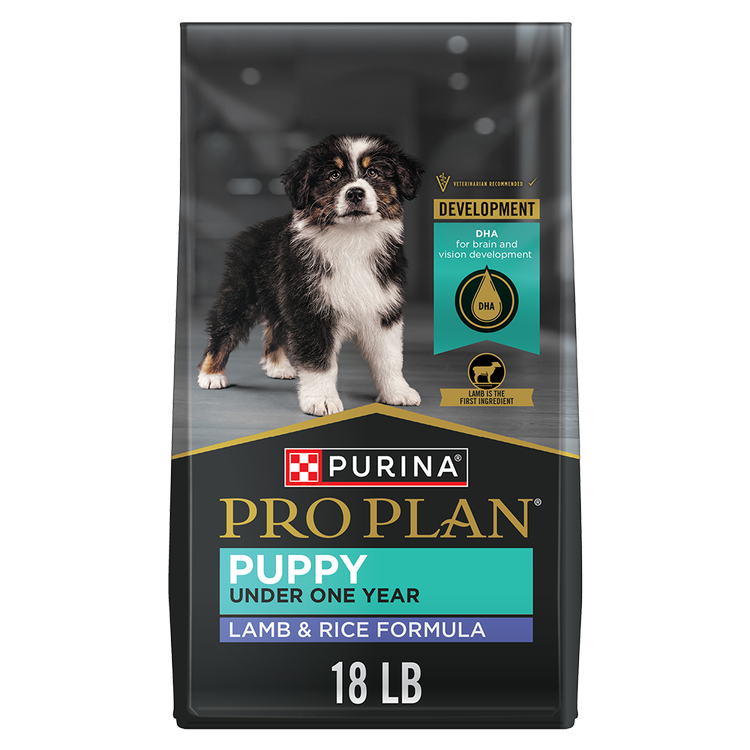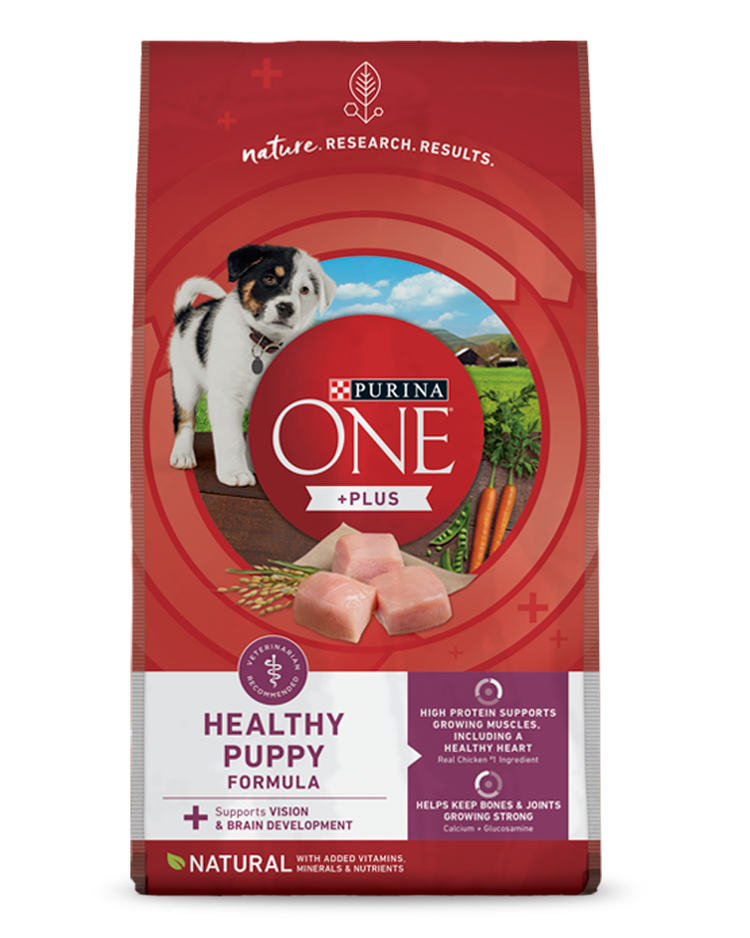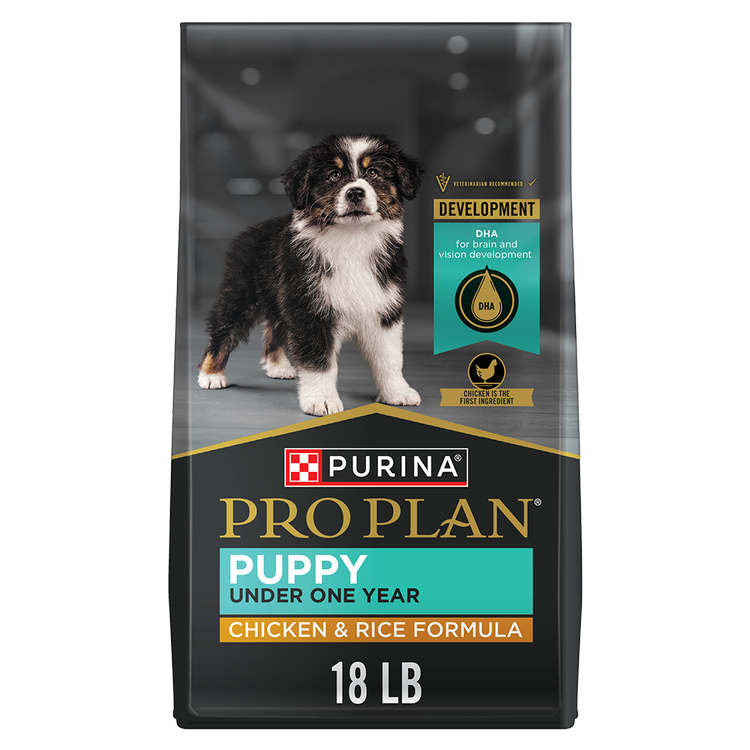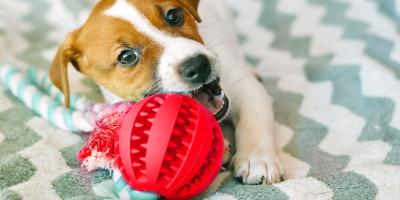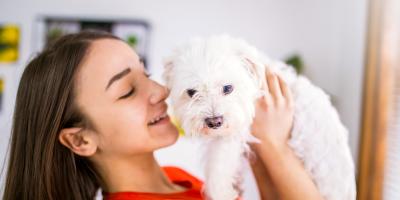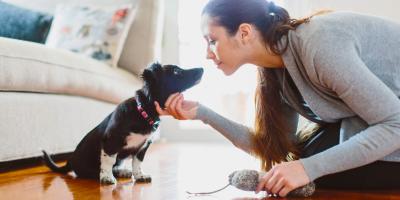Why is Your Puppy Not Eating? Reasons for a Change in Food Intake

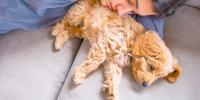
Puppies are extremely active and need a lot of energy to grow into strong, healthy dogs. They get that energy from the food they eat. If your puppy is not eating enough for his size and age, it can affect his ability to thrive. In this article, we explore some of the simple and more complex reasons why your puppy won’t eat, and tips for encouraging a healthy appetite.
Reasons for a Change in Appetite
Are you asking, Why won’t my puppy eat? If your puppy is not eating much, it may be due to several causes. Some of these reasons are serious and require veterinary care, others are just part of being a puppy.
Here are the top 10 reasons for a change in appetite that might make puppies stop eating and tips for helping them develop healthy eating habits:
- Exhaustion – Sometimes puppies just keeping going until they crash. Your puppy may want to take a nap before he gobbles up his food. So long as he eats when he wakes up, there’s nothing to worry about.
- Distractions – Your puppy may be distracted by toys, other pets, or seeing squirrels and birds outside. If he delays eating due to these exciting distractions, let him calm down a bit before feeding him or feed him in a room away from distractions.
- Stress – When something changes in your puppy’s environment, like a new home, new people, or new pets, he may feel a little stressed out and not want to eat. Relieve the stress by creating a calm environment. For other puppies, separation anxiety can diminish their appetites, so make sure you are near, but not hovering, when he is fed.
- Vaccine Blahs – Just like people after vaccinations, your puppy may not eat much because he’s not feeling 100%. If he doesn’t get back to his normal self within 24 to 48 hours, or if the reaction is severe (vomiting, diarrhea, collapse, swelling, rash, or labored breathing), call your vet.
- Finicky – Is your puppy a fussy eater? While most puppies and dogs are not picky, some can be. Don’t be tempted to add human food to your puppy’s food bowl, unless directed by your vet. All the nutrition he needs is included in his puppy food. If you add other food to the bowl, he’ll look for it and may decline to eat if it’s not there. Your puppy may prefer a different protein source. If you’re going to try a different protein, be sure to switch gradually to avoid digestive upsets.
- Too Many Snacks – Is your puppy eating treats, but not food? He may have filled up on snacks before his meal. This can be an issue if you are training your puppy and using treats as a reward. Cut back the treats and see if his appetite returns. Keep training sessions short and make sure they are finished well before mealtime. Another option is to try using some of your puppy’s daily kibble serving as training treats.
- Illness – Is your puppy not eating much and sleeping a lot? It could be an illness. If your puppy’s lack of appetite is accompanied by diarrhea, vomiting, or lethargy, he may be sick with an infection or other illness. Seek veterinary advice as soon as possible.
- Environmental Issues – Is it unusually hot outside? If so, your puppy may not feel like eating, especially if you’ve just returned from a walk or playtime out of doors. Give him a chance to cool down a bit before feeding.
- Teething Pain – Could teething cause your puppy not to eat? Yes, your puppy may be in discomfort when he gets his adult teeth. Do puppies eat less when they are teething? Possibly, due to teething pain. Give him a chewable toy to help relieve any pain and to keep him from chewing shoes and other objects. If he’s not teething, but appears to have other puppy teeth problems, ask your vet for a dental exam to make sure there is nothing else causing the pain.
- Digestive Issues – If your puppy is experiencing occasional diarrhea, it could be that he ate something he shouldn’t have, ate too much of something that’s okay in moderation, or he switched foods too quickly. Contact your vet if the diarrhea lasts longer than 24 hours, or if you think a food allergy or intolerance might be causing the upset stomach.
Is Your Puppy a Picky Eater?
Most puppies are not picky eaters, but there are always exceptions. If you’ve just brought him home and your new puppy is not eating, it could be that your food is different than what was offered by the breeder or the adoption facility.
If your puppy’s previous food was a high-quality puppy food, try to feed him the same food that was offered at his previous home. If not, and you’d like to switch to another food, transition to the new diet gradually over the course of seven to 10 days.
If he likes to eat, but your puppy won’t eat from a bowl, you may have to change the bowl, move the bowl’s location, or place a mat under the bowl if it slides across the floor. Does you puppy’s collar or tags clang on the bowl? That noise may scare him off the food. Do your puppy’s ears get in his food? He may prefer a narrower bowl. Is the bowl made of plastic? Plastic food bowls can hold smells that may interfere with your puppy’s appetite. Be sure to choose a bowl that’s the right size, shape, and material (glass, ceramic or stainless steel) to suit your puppy’s preferences, and clean it daily.
Is there a puppy food for picky eaters? Choose high-quality food, like Purina ProPlan Puppy Food, that is specifically formulated for a puppy’s healthy development with a protein source your puppy likes to eat.
What to Do if Your Puppy Stops Eating
If your puppy is not eating much, but acting normal, he may prefer to graze. Some puppies like to graze throughout the day, and other puppies like to gobble their food up in one sitting. If your puppy is a grazer or a slow eater, he may feel anxious around other dogs that are gobblers.
Other times, puppies can be nervous or excited around other pets. Adjust your puppy’s feeding environment if there are too many distractions or other pets that make him anxious.
If your puppy is filling up on treats and snacks, you may need to limit handing those out if he’s not eating his food. If you are using treats as a reward during training, switch between his favorite treat and his best toy as a reward during training.
Try enrichment to keep your puppy interested in food. Use a feeding puzzle mat to make feeding more of a game.
Establishing a consistent feeding schedule to ensure you’re feeding your puppy the right amount of food:
- From weaning to 8 weeks – Puppies can transition to solid food.
- 8-10 weeks – Feed puppy food only, no snacks or treats, about four times a day. The puppy food can be moistened if it helps your puppy eat better, 1 part water to 3 parts kibble or wet food. For medium to larger dogs, you can feed dry food alone at this age, four times a day. For smaller dogs, it might be better to wait until they are 12-13 weeks old before switching to dry food.
- 3-6 months – Reduce the number of feedings to three per day.
- 6-12 months – Start feeding puppies twice per day. For larger dogs, wait until they are 12-14 months old to reduce the feeding schedule to twice a day. Once puppies are spayed or neutered, they will need less energy.
- 1 year and older – For small to medium dogs, gradually switch to an adult dog food after their first birthday. For large or giant breed dog breeds, delay that switch to when they are older, around 14-24 months. Feed half of the daily portion twice per day.
When feeding puppies, remember to consult the feeding guidelines on your puppy’s food bag. Different brands and foods have differing nutritional values.
What to Feed a Puppy that Won’t Eat
If you’ve determined that your puppy is well, but just a little finicky, there are a few tricks you can try to get him to cooperate during mealtime.
If your puppy is not eating kibble, moisten the dry food, warm it slightly (but not too hot) to release the aroma, or mix with wet puppy food. If you’d like him to eat wet food but he prefers dry, try mixing the canned food with a little kibble. The combination of textures may be more appealing.
There are benefits to feeding both wet and dry food, but your puppy will receive complete and balanced nutrition with either one, so long as it is formulated for puppies. Some puppies prefer the crunchy texture of kibble, and some prefer the meaty flavor of canned. Wet food provides added moisture if your dog doesn’t drink a lot of water from his water bowl.
How to Prevent Loss of Appetite in Puppies
If you think your puppy is losing his appetite, there are several ways you can encourage him to eat:
- Experiment with different protein sources with your canned puppy food, and once you’ve determined his favorite protein, gradually transition his dry food to that protein source
- Warm the food to room temperature or slightly warmer to boost the aroma
- Minimize distractions and create a peaceful and tranquil environment
- Light exercise before meals can stimulate the appetite, as long as it’s not too hot outside
- Establish a routine with a regular feeding schedule
- Add highly palatable toppers, like wet food, to his kibble
If your puppy’s loss of appetite lasts despite all your efforts, consult your vet. In addition to assessing your puppy’s health, your vet may be able to recommend appetite-stimulating medications or supplements.
When to Seek Veterinary Care
What should you do if your puppy stops eating despite all your efforts? Contact your vet as soon as possible for the following situations:
- Your puppy has skipped two feedings, is not drinking water, or is still not eating after 24 hours
- Your puppy is throwing up and not eating
- Your puppy’s lack of appetite is accompanied by diarrhea and lethargy
- If he shows signs of low blood sugar, such as weakness, “drunken” gait, or having seizures
- If your puppy is showing symptoms of dehydration, such as panting, dry gums, thick saliva, loss of skin elasticity, lethargy, or vomiting
These can be signs of life-threatening illnesses and you should seek veterinary care.
With these tips, you can make a few adjustments to your puppy’s feeding routine and get him back on a healthy path. But, if you continue to be concerned about your puppy’s eating habits, discuss the situation with your vet.
For more expert tips on the health of your puppy, explore our other puppy health articles.

Be Rewarded for Your Purina Purchases
Earn and redeem points for Purina products with myPurina app.

